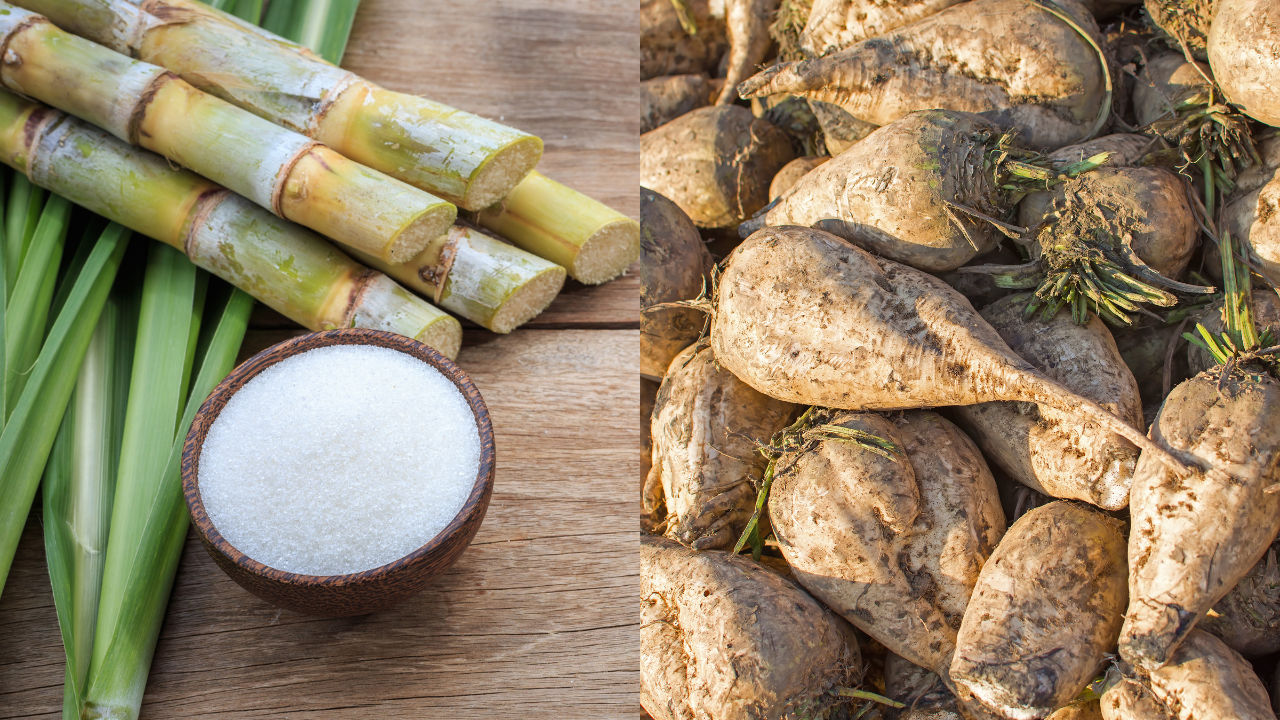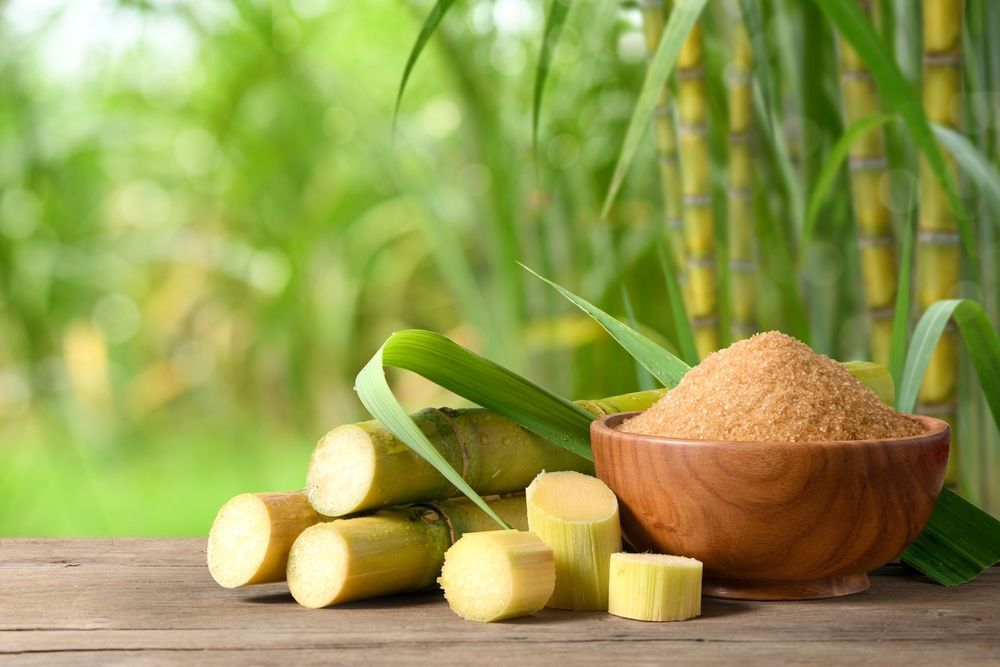The refining process of beet sugar vs cane sugar differs, affecting the final product’s quality.
The refining process of beet sugar vs cane sugar differs, affecting the final product’s quality.
Blog Article
Discover the Uses and Advantages of Beet Sugar Vs Cane Sugar in Your Daily Diet Regimen
Checking out the distinctive high qualities of beet and cane sugar discloses even more than just their sweetening capacities; it highlights their distinct influence on health and cooking arts. Beet sugar, recognized for its subtle taste, is commonly favored in fragile treats, whereas cane sugar, with its hint of molasses, includes splendor to robust meals. Each kind holds its own nutritional account and glycemic implications, inviting a much deeper understanding of their roles in a balanced diet regimen and lasting consumption methods.
Beginning and Production Procedures of Beet and Cane Sugar

The distinct environments and soil types required for expanding sugar beetroots and sugarcane contribute to distinctions in their farming methods and geographical distribution, affecting the business economics and sustainability of their production. beet sugar vs cane sugar.
Nutritional Contrast Between Beet Sugar and Cane Sugar
Regardless of originating from different plants, beet sugar and cane sugar are nutritionally very similar, both largely including sucrose. Each provides regarding 4 calories per gram, equating to about 16 calories per teaspoon. Structurally, both sugars are made up of roughly 99.95% sucrose, with very little amounts of various other substances like wetness and trace element, which do not significantly change their nutritional accounts.

Ultimately, when selecting in between beet sugar and cane sugar based upon dietary content alone, both offer identical benefits and disadvantages as they are basically types of the very same particle-- sucrose, supplying fast power without various other nutrients.
Influence On Health And Wellness: Glycemic Index and Caloric Content
Exploring further right into the results of beet sugar and cane sugar on health, it is crucial to consider their glycemic index and calorie material. Both sugars are classified as sucrose, which contains sugar and fructose. This structure leads them to have a similar effect on blood sugar level degrees. The glycemic index (GI) of both beet and cane sugar is around 65, categorizing them as high-GI foods, which can cause fast spikes in blood sugar levels. This is a crucial facet for people handling diabetes or those attempting to stabilize their power levels throughout the day.
Each sort of sugar has around 4 calories per gram, making their calorie material equivalent. For those checking caloric consumption, particularly when managing weight or metabolic wellness conditions, understanding this equivalence is crucial (beet sugar vs cane sugar). Excessive intake of any high-calorie, high-GI food can add to health and wellness problems such as excessive weight, heart disease, and insulin resistance.
Environmental and Economic Factors To Consider of Sugar Production
Beyond health influences, the manufacturing of beet and cane sugar also elevates significant ecological and economic worries. Sugar beet cultivation often tends to require cooler environments and has a lower geographical impact compared to sugar cane, which thrives in tropical areas. However, both crops are extensive in regards to water usage and This Site land line of work, potentially bring about deforestation and water shortage. Financially, the global sugar market is extremely unpredictable, influenced by modifications in global trade policies and subsidies. Lots of nations incentivize sugar manufacturing through financial assistance, skewing market value and influencing small farmers negatively.
Additionally, the use of pesticides and fertilizers in both beet and cane sugar farming can bring about dirt destruction and contamination, additional affecting biodiversity and regional water bodies (beet sugar vs cane sugar). The option between cultivating sugar beet or cane commonly rests on regional ecological conditions and economic elements, making the sustainability of sugar production weblink an intricate concern
Culinary Applications and Taste Distinctions
While the environmental and economic facets of sugar production are indeed substantial, the choice in between beet and cane sugar likewise affects culinary applications and taste accounts. Beet sugar, derived from the sugar beet plant, is understood for its extremely neutral taste.
Cane sugar, extracted from sugarcane, commonly preserves molasses traces, which impart an unique richness and deepness. The small variant in dampness material between beet and cane sugar can affect the structure and consistency of recipes, making cane sugar a preferred selection for certain dishes that profit from its one-of-a-kind residential site here properties.

Verdict
In verdict, both beet and cane sugar have distinctive origins and production processes, supplying comparable dietary profiles with slight differences in salt material and flavor. While their effect on health and wellness, especially relating to glycemic index and calories, is similar, the choice in between them usually comes down to environmental, financial aspects, and certain culinary demands. Recognizing these elements can guide customers in making educated decisions that align with their wellness goals and taste choices.
Report this page